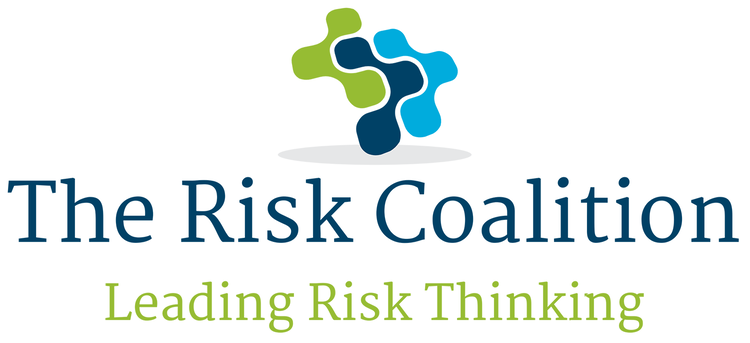When we created the Risk Coalition’s guidance, Raising the Bar, we heard that help was needed to apply this across organisations of various types. My experience suggests it can be used by all. This example is from the public sector, but could your own organisation need to behave in a similar manner?
I was brought on the board as an experienced chair for the audit committee, but the board quickly realised there was a need for an improved risk focus – in part, as our owning Department said so too!
Not unusually I was asked to expand the audit committee to be ‘Audit & Risk’, although I had found from experience that a ‘Risk then Audit’ agenda is more likely to be forward looking – good risk mitigation could be expected to leave less audit issues in its wake.
Our initial risk setup focus was to be on two main topics:
Creating a risk register, through combining a ‘front line’ view of risks, with the strategic risk perspective of the board – then rating key risks by likelihood and severity
A broad training exercise to encourage staff to help identify, escalate and mitigate risks at every level and through normal management practices.
BUT we struggled to achieve the first, when we realised that the board and its stakeholders lacked agreed clarity of Purpose and Objectives. How could we create a Key Risk Register without previously agreeing what we were accountable for as a board?
This question kicked off a board-led strategic planning exercise with stakeholders (including our sponsoring Department, multiple other funding departments and those parties we delivered services to, or we engaged alongside). Once we had clarified our purpose and objectives, the regenerated Risk & Audit committee started to operate effectively in support of the board, UNTIL…
A new government was elected which had similar ideas regarding local business growth objectives, but very different ideas on how that should be supported by government. It might even be suggested that, because the other lot set up the previous regime, it needed to be replaced with a new one!
A new objective came down from above, which was to close down this operation within six months, including releasing all 2,000 staff, multiple buildings, IT systems, supplier contracts and more – either through finding new homes or ending those relationships with or without smooth landings.
The Committee had to ‘turn on a six-pence’ and cascade this new objective into a project plan where risks could be identified and mitigated up-front for an assured on-time and on-budget closure of operations and assets. This was objective-led risk management on steroids!
The externally assigned project manager later reported that this was the very first project where ALL the risks had been identified in advance. WOW. At on-time completion we were asked to write a report on how others could achieve the same, but this was little used as it was ‘far too obvious’. Ouch.
Conclusion: Objective-led risk management is a practical capability that exists and can be agile.
Bryan Foss is an experienced NED, FRC advisor and co-author of Risk Guidance; he also mentors high growth technology founders and senior executives of blue-chip companies into their early NED roles

